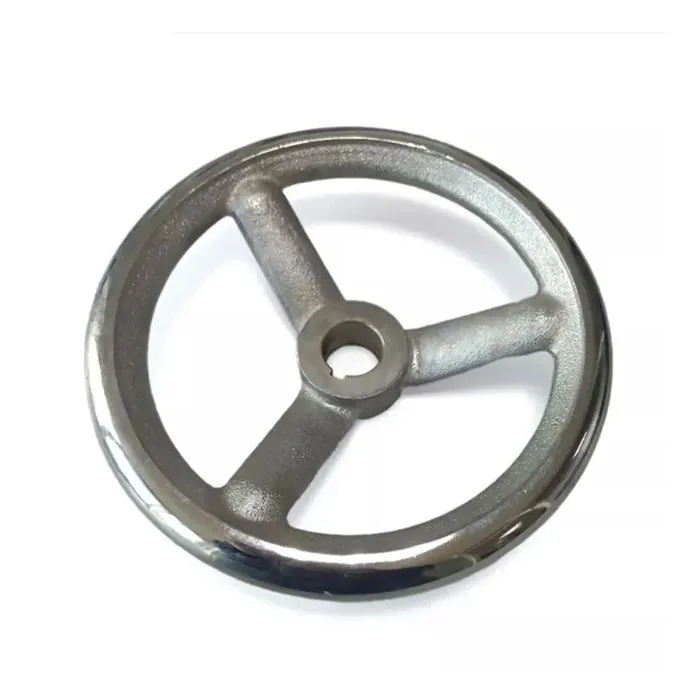How the Shell-Making Process Works in Investment Casting
2024-12-10
The shell-making process in investment casting is a critical stage that involves creating a durable ceramic shell around a wax or pattern. This shell serves as a mold for molten metal, producing high-precision components with intricate details. Here's a step-by-step explanation of how the shell-making process works:
1. Pattern Preparation
- Wax Patterns: The process begins with the creation of a wax or other material pattern. This pattern is a replica of the desired part and is typically produced using injection molding.
- Pattern Assembly: Multiple patterns may be assembled onto a central wax sprue to create a "tree," optimizing casting efficiency.
2. Initial Coating (Primary Coat)
- Dipping: The wax assembly is dipped into a slurry of fine ceramic material. This slurry coats the pattern uniformly.
- Stuccing: While the slurry is wet, the pattern is sprinkled or rolled in fine ceramic sand, called "stucco," to build up the initial layer.
- Drying: The coated pattern is allowed to air dry to strengthen the primary coat.

3. Repeated Coating (Secondary Coats)
- Layer Building: The dipping and stuccoing process is repeated several times to build up additional layers of ceramic material.
- Coarse Materials: Subsequent layers use progressively coarser ceramic sands to enhance the shell’s strength.
- Drying Between Coats: Each layer is dried before applying the next to ensure a robust and uniform shell structure.
4. Final Drying
- Once the desired shell thickness is achieved, the entire assembly is thoroughly dried. This ensures the shell is rigid and capable of withstanding the high temperatures of molten metal.
5. Wax Removal (Dewaxing)
- Heating: The wax is removed by placing the shell in a steam autoclave or furnace. The heat melts and drains the wax, leaving a hollow ceramic shell.
- Clean Shell: This stage ensures the shell cavity is clean and precise, replicating the original pattern.
6. Shell Firing
- Strengthening: The ceramic shell is fired at high temperatures to enhance its strength and remove any residual moisture or wax.
- Thermal Stability: The firing process makes the shell heat-resistant, capable of withstanding the molten metal's temperature during casting.
7. Ready for Casting
- The hardened ceramic shell is now ready to be filled with molten metal. After casting, the shell is broken away to reveal the final metal part.
Key Advantages of the Shell-Making Process
1. Precision: The shell replicates fine details from the pattern, allowing for complex and intricate designs.
2. Versatility: Supports a wide range of metals, including steel, aluminum, and superalloys.
3. Surface Finish: Results in a smooth surface finish, minimizing the need for post-processing.
4. Dimensional Accuracy: Produces parts with tight tolerances, reducing machining requirements.
The shell-making process in investment casting is essential for achieving the high-quality standards required in industries like aerospace, automotive, and medical devices. By carefully following each step, manufacturers can produce parts with remarkable accuracy and reliability.


